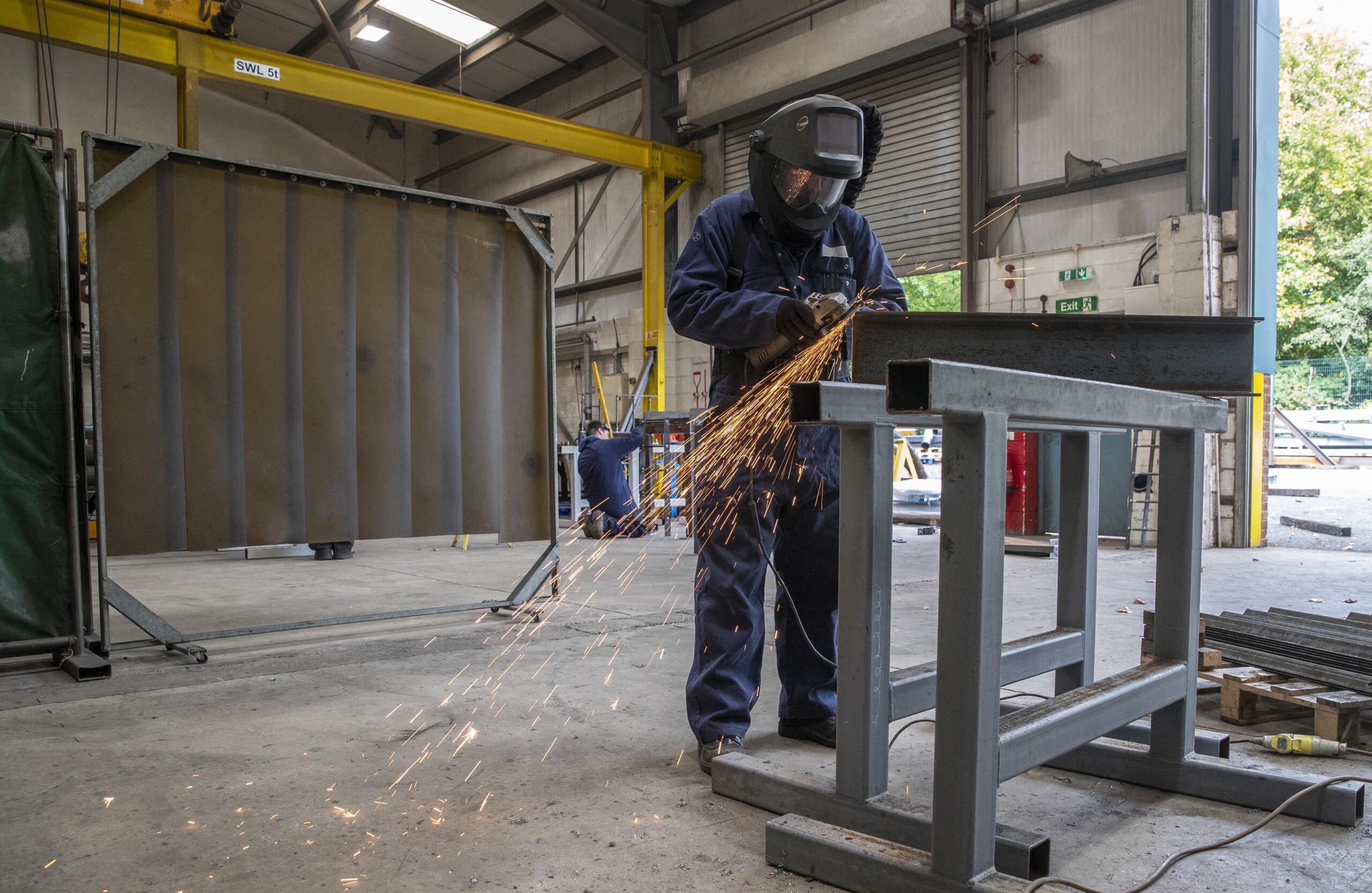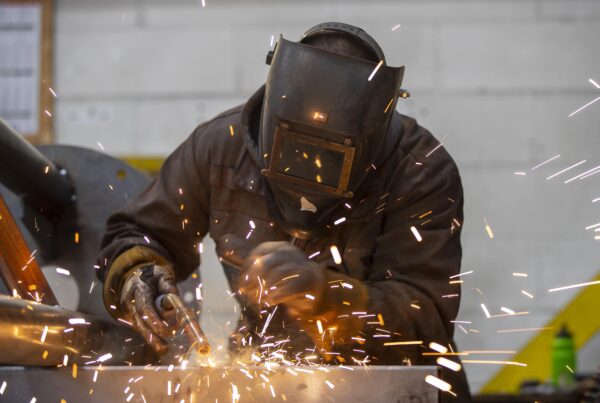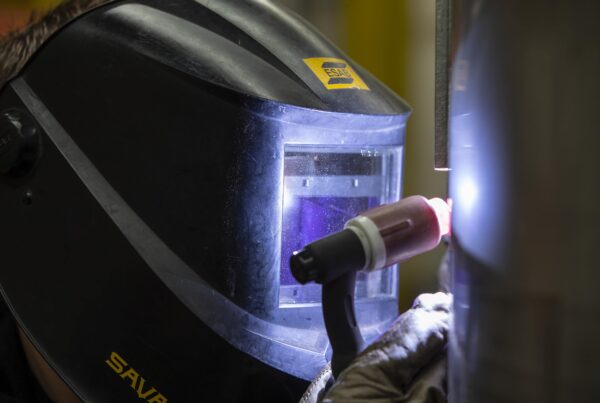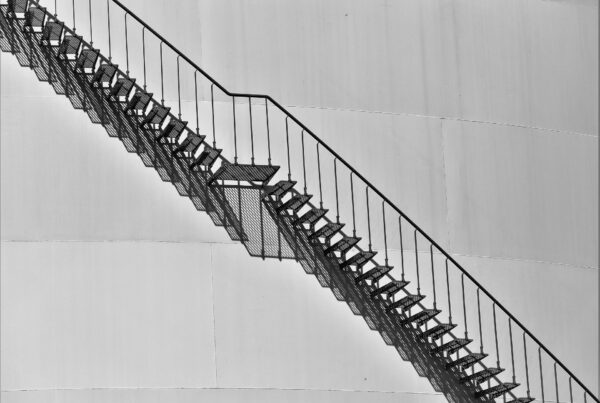Any steel structure which is situated outside for long periods of time will be exposed to everything the elements can throw at it. Although steel is a robust and highly durable material, which makes it immune to warping and melting, it can still be affected by adverse weather conditions. Continued exposure to rain and snow will dull its appearance and even reduce structural integrity.
This problem is especially acute for structures that use a significant volume of steel for cladding and decoration. Football stadia and offices are good examples of this. Weather worn steel not only looks unsightly but structures such as rollercoasters can even be made less safe as steel is corroded. That’s why it’s so important to protect steel from the rigours of daily wear and tear.
What causes weather damage?
Despite its durability, steel (as with all metals) is vulnerable to a process called oxidisation. This process causes a range of problems including rust, flaking and corrosion, and once it sets in it’s difficult to stop. Sometimes the damage can be so severe that metal left exposed can become seriously weakened and degraded, making it unsafe. Steel corrosion comes in many different forms including crevice, pitting and surface.
How does oxidisation occur?
Oxidisation is all about molecules. When steel and oxygen exchange molecules, some of the positive molecules from the iron are lost. These are replaced by negative molecules that trigger a chemical reaction, culminating in the formation of rust. Once rust forms, it remains in place and builds up over time, so corrosion is an ongoing process.
Salt water is another big risk factor and leads to the tell-tale flaking commonly seen on metals that have been exposed to saline solutions. Oxidised steel takes on a red/brown appearance, flakes and the rust spreads rapidly. If rust begins to blacken or chip, that’s a sign that corrosion has become acute.
How to stop steel corrosion?
Fortunately, there are a few ways to stop corrosion in its tracks, long before it becomes a major problem.
Design
The design of a steel structure is instrumental in preventing rust build-up. Be careful to avoid areas where dust, dirt or damp might collect, and look for risk areas where steel is exposed. Ensure that those areas have a fast flowing air supply. Clean steel regularly to keep it free from dirt and re-apply protective substances periodically.
Painting
One of the simplest (not to mention common) ways of preventing corrosion is to apply a thick coat of waterproof paint to any outside steel. That forms a barrier, protecting the metal from water and air. Reapply the paint every five to ten years to ensure continued protection.
Hot zinc
Hot dip-galvanisation involves placing a piece of steel into molten zinc. When the zinc solidifies it forms a protective barrier between the steel and the environment, offering a kind of sacrificial protection. Over time, the zinc will oxidise instead of the steel. This is a long lasting form of protection that can increase the lifespan of a piece of steel by up to 100 years.
Stainless steel
Stainless steel is an alloy containing 10% of the metal chromium, which is extremely water resistant. The addition of chromium makes stainless steel (virtually) invulnerable to oxidisation and, although this alloy is more expensive than traditional steel, its increased lifespan makes it economical. Of course, extreme exposure can still cause damage.











Recent Comments